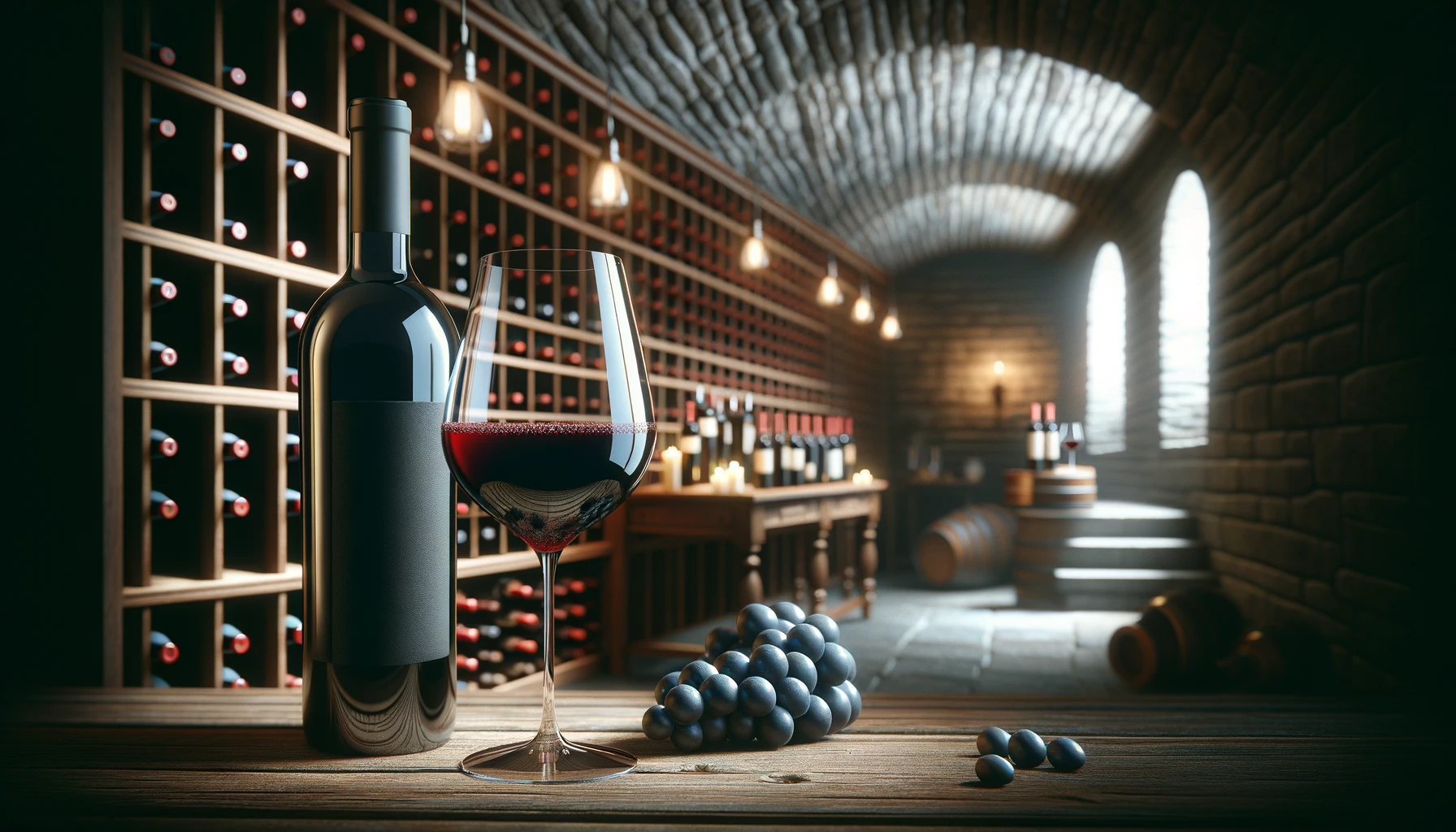What kind of wine is cabernet sauvignon?
The Essence of Cabernet Sauvignon: A Robust Red Wine
Cabernet Sauvignon is a renowned red wine celebrated for its depth, complexity, and longevity. Originating from the Bordeaux What exactly is a Bordeaux? Bordeaux ble... More region of France, this grape variety has achieved global acclaim, making it a cornerstone in the world of fine wines. Its popularity stems from its adaptability to various climates and regions, flourishing in vineyards from the sun-drenched valleys of California to the historic estates of France.
What exactly is a Bordeaux? Bordeaux ble... More region of France, this grape variety has achieved global acclaim, making it a cornerstone in the world of fine wines. Its popularity stems from its adaptability to various climates and regions, flourishing in vineyards from the sun-drenched valleys of California to the historic estates of France.
The Characteristics of Cabernet Sauvignon
Flavor Profile and Aromas
At its core, Cabernet Sauvignon is known for its full-bodied profile, characterized by robust flavors and firm tannins Tannins in Wine Tannins in wine are phen... More. The wine typically exhibits a deep, inky color, hinting at its intensity and richness. On the palate, it presents a harmonious blend of dark fruits like blackcurrant, blackberry, and plum, often complemented by undertones of oak, vanilla, and spices due to aging in oak barrels. These complex flavors evolve, making Cabernet Sauvignon an ideal candidate for aging, with some bottles reaching their peak decades after bottling.
Tannins in Wine Tannins in wine are phen... More. The wine typically exhibits a deep, inky color, hinting at its intensity and richness. On the palate, it presents a harmonious blend of dark fruits like blackcurrant, blackberry, and plum, often complemented by undertones of oak, vanilla, and spices due to aging in oak barrels. These complex flavors evolve, making Cabernet Sauvignon an ideal candidate for aging, with some bottles reaching their peak decades after bottling.
Culinary Pairings and Serving Suggestions
Cabernet Sauvignon’s bold nature makes it an excellent companion to hearty dishes. It pairs exceptionally well with red meats, including steak, lamb, and game, as well as rich sauces and aged cheeses. To fully appreciate its bouquet and flavors, it’s recommended to serve Cabernet Sauvignon at slightly below room temperature, around 16-18°C (60-65°F). Decanting the wine for an hour before serving can also enhance its character, allowing it to breathe and its flavors to unfold.
The Global Journey of Cabernet Sauvignon
From its roots in France, Cabernet Sauvignon has journeyed across continents, finding a second home in regions like Napa Valley in California, the Colchagua Valley in Chile, and Coonawarra in Australia. Each area imparts its unique terroir to the wine, adding to the diversity of Cabernet Sauvignon’s expressions. In the New World, winemakers often experiment with blending and aging techniques, creating innovative interpretations of this classic varietal.
The Art of Winemaking: Crafting Cabernet Sauvignon
The winemaking process for Cabernet Sauvignon is a meticulous art, balancing tradition and innovation. After harvesting, the grapes undergo fermentation, converting their sugars into alcohol. The choice of fermentation vats (stainless steel or oak) and the duration of fermentation influence the wine’s tannin Tannins in Wine Tannins in wine are phen... More levels and flavor profile. Aging in oak barrels is a critical step, adding layers of complexity and aiding in the wine’s development. The winemaker’s skill in blending different batches and vintages culminates in creating a harmonious and distinctive Cabernet Sauvignon.
Tannins in Wine Tannins in wine are phen... More levels and flavor profile. Aging in oak barrels is a critical step, adding layers of complexity and aiding in the wine’s development. The winemaker’s skill in blending different batches and vintages culminates in creating a harmonious and distinctive Cabernet Sauvignon.
Conclusion: A Timeless Wine for Connoisseurs and Enthusiasts Alike
With its rich history and versatile nature, Cabernet Sauvignon continues to captivate wine lovers worldwide. Whether enjoyed in its youthful vigor or savored after years of maturation, it remains a testament to the artistry and tradition of winemaking. Its journey from a single French vineyard to global prominence is a story of passion, innovation, and the enduring appeal of a truly remarkable wine.

